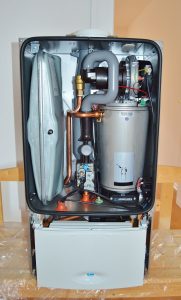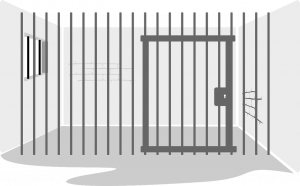By: Steven J. Cernak
As we described in a prior post, the U.S. House Judiciary Committee Majority Report of its Investigation into Digital Markets included a number of recommendations that went beyond digital markets, including overriding several classic antitrust cases. One of the Report’s recommendations is to make it easier for plaintiffs to bring predatory pricing and buying monopolization cases by overriding the “recoupment prong” in Brooke Group, Matsushita, and Weyerhaeuser. While such action would drastically alter monopolization law, it also might inadvertently (?) revive another classic antitrust case, Utah Pie, and certain Robinson-Patman price discrimination claims long considered dead.
Predatory Pricing Under Brooke Group and Matsushita
We covered Brooke Group and predatory pricing in a prior post and so just summarize it here. Sherman Act Section 2 claims for monopolization can be lodged only against “monopolists” that are “monopolizing,” that is, acting in a way to maintain that monopoly. There is no general test to judge a monopolist’s actions; instead, courts have developed different tests for different actions, including predatory pricing.
Predatory pricing is pricing below some level of cost so as to eliminate competitors in the short run and reduce competition in the long run. The Brooke Group Court established a two-part test for such claims: ”the prices complained of are below an appropriate measure of its rival’s costs … [and the defendant] had a … dangerous probability of recouping its investment in below-cost prices.”
While the Report did not express any concerns about the “below an appropriate measure of costs” prong, its one example (Amazon’s pricing of diapers) just described the pricing as “below cost.” Lower courts have developed a standard that finds prices “below an appropriate measure of costs” only if they are below some measure of the monopolist’s incremental costs, like average variable costs. It is not clear if the Report’s authors want to modify this prong as well.
Under the recoupment prong, a plaintiff must show that the monopolist has the capability to drive out the plaintiff and other competitors plus keep them (and other potential competitors) out so it can later raise prices and “recoup” its losses. Such a showing requires an analysis of the relative strengths of the competitors and the attributes of the market, such as high entry barriers.
The Brooke Group test has been difficult for predatory pricing plaintiffs to meet — as the Supreme Court intended, for two reasons. First, the Court thought it would be difficult for courts to distinguish between competitive low prices and predatorily low ones. Because “cutting prices in order to increase business is often the very essence of competition,” the Court was concerned that an easier test would deter low prices that benefit consumers.
Second, the Court had earlier in Matsushita expressed skepticism that such competitively harmful predatory pricing schemes occurred often: “there is a consensus among commentators that predatory pricing schemes are rarely tried, and even more rarely successful.” As we covered in different prior posts, while Matsushita does concern predatory pricing, its holding is more concerned with the appropriate standard for summary judgment in any antitrust case; because the “consensus” quote has been repeated in nearly every predatory pricing case since Matsushita, however, the Report’s recommendation to override it makes sense.
Weyerhaeuser Extends Recoupment to Predatory Buying and Monopsony
More than a decade after Brooke Group, the Supreme Court in Weyerhaeuser extended its two-part test for predatory pricing by a sell-side monopolist to predatory buying (or overbidding) by a buy-side monopsonist. There, the defendant allegedly purchased 65% of the logs in the region that were a necessary input for lumber. Such alleged overbuying drove up the cost of the input while the price of lumber was going down. These trends led plaintiff, a competing lumber mill, to shut down operations and sue.
 The Antitrust Attorney Blog
The Antitrust Attorney Blog












